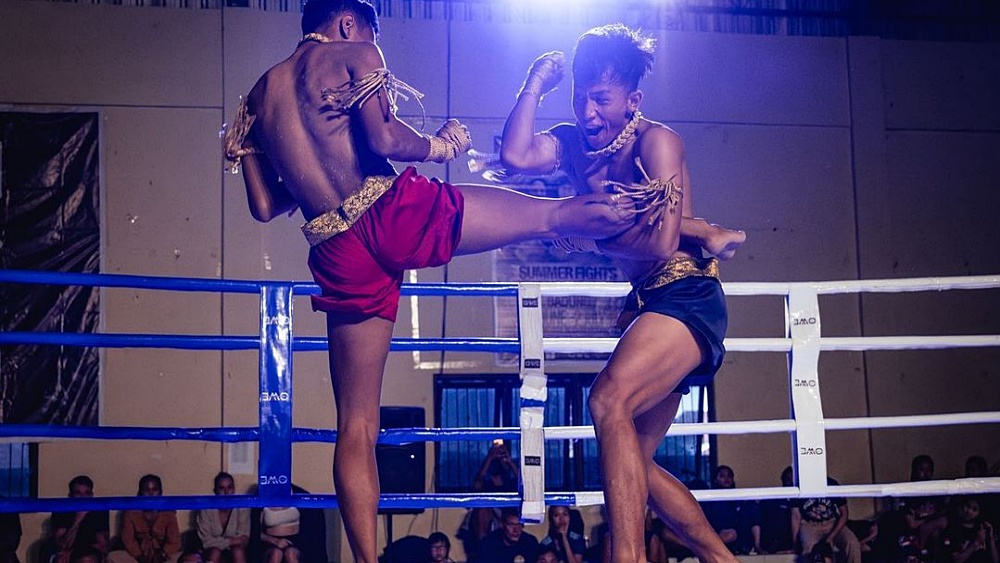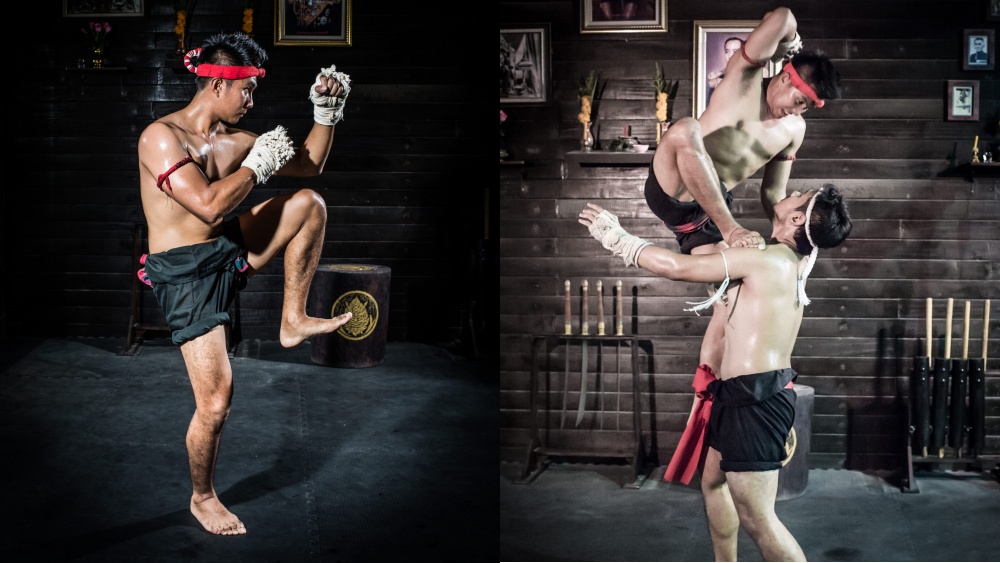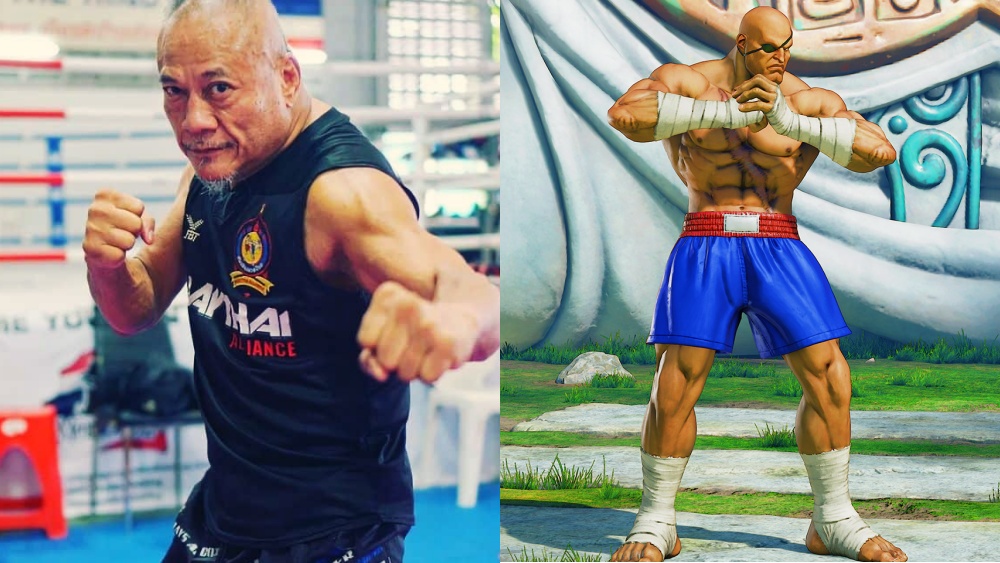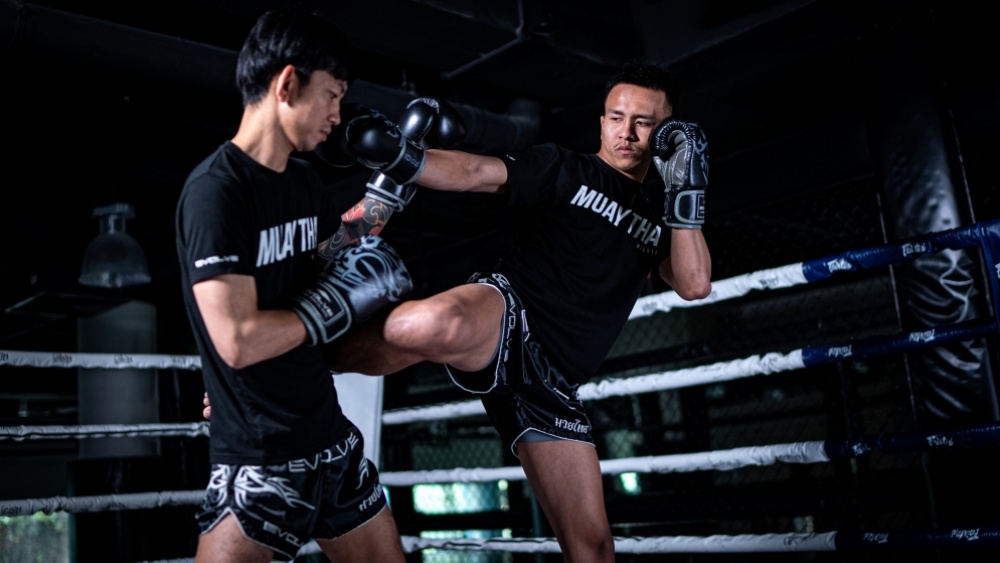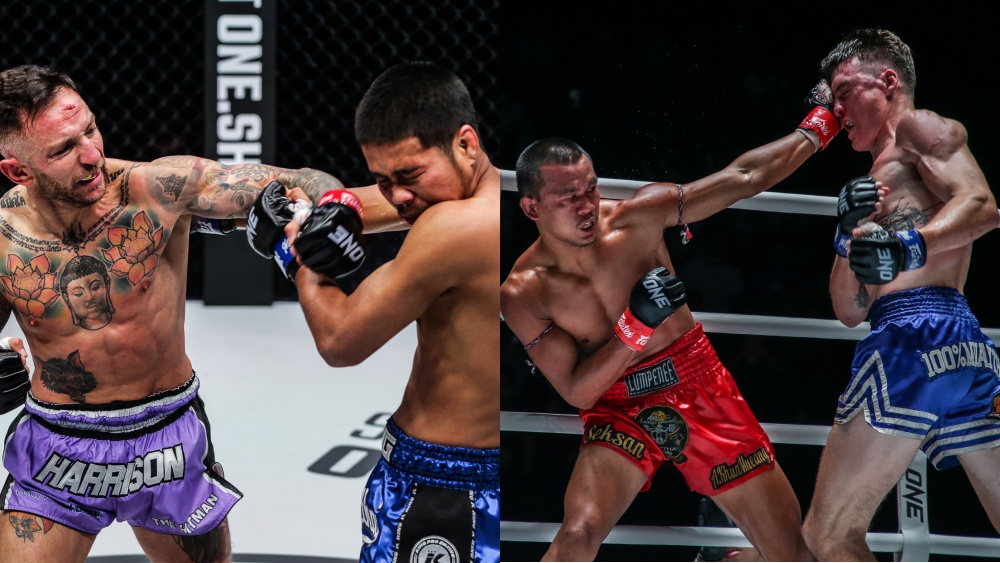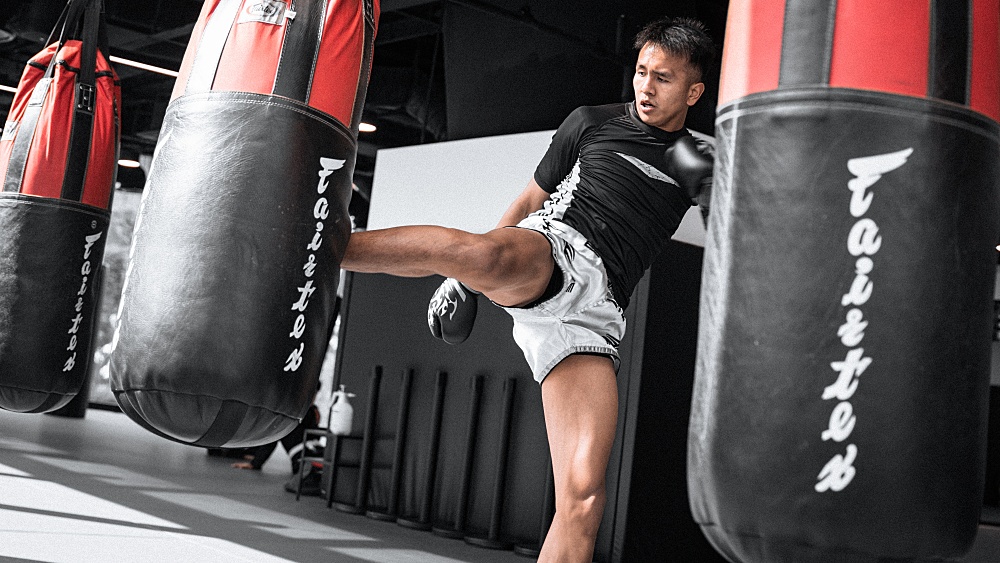The evolution of martial arts designed for combat, and warfare situations is not uncommon and throughout history, this has been the case as the times continue to change. When comparing Muay Thai with Muay Boran, the evolutionary differences are subtle as well as distinct. Understanding the differences between the Art of the Eight Limbs and the Science of Nine Limbs comes down to a side-by-side comparison as well as knowing about the history of each.
Muay Boran predates Muay Thai and serves as the foundation from which Muay Thai emerged. Muay Thai, as it is practiced today, retains many elements of Muay Boran but has also undergone certain modifications to fit the rules and demands of modern competitive sports.
History Of Muay Boran
The origins of Muay Boran are rooted in the historical context of the Ayutthaya Kingdom, which was the precursor to modern-day Thailand. The 18th-century war and the invasion of the Burmese army played a significant role in shaping the development of this traditional martial art.
During the war in the 18th century, particularly in 1767, the Burmese army invaded the Ayutthaya Kingdom and eventually captured the capital city, Ayutthaya. This invasion led to the capture of numerous Thai boxers, who were skilled practitioners of the native martial art. These captured boxers were then taken to Burma (now Myanmar) as prisoners of war.
It’s important to note that while the Ayutthaya Kingdom’s fall and the Burmese invasion were pivotal events, the origins of Muay Boran predate these events. Muay Boran’s foundation was already established through generations of combat and practical martial techniques used by Thai warriors and communities for self-defense and protection.
The captivity of Thai boxers during the Burmese invasion, however, had a lasting impact on the development of Muay Boran. The captured boxers had to adapt their techniques and strategies to survive in unfamiliar surroundings and against different opponents. Over time, their experiences and exchanges with other martial arts contributed to the evolution and refinement of Muay Boran.
The events surrounding the Burmese invasion and the subsequent captivity of Thai boxers highlight the adaptability and resilience of Muay Boran as a martial art. It absorbed influences from various sources while retaining its core techniques and principles. Today, Muay Boran stands as a testament to Thailand’s historical struggles and the enduring spirit of its martial heritage.
Muay Thai Versus Muay Boran
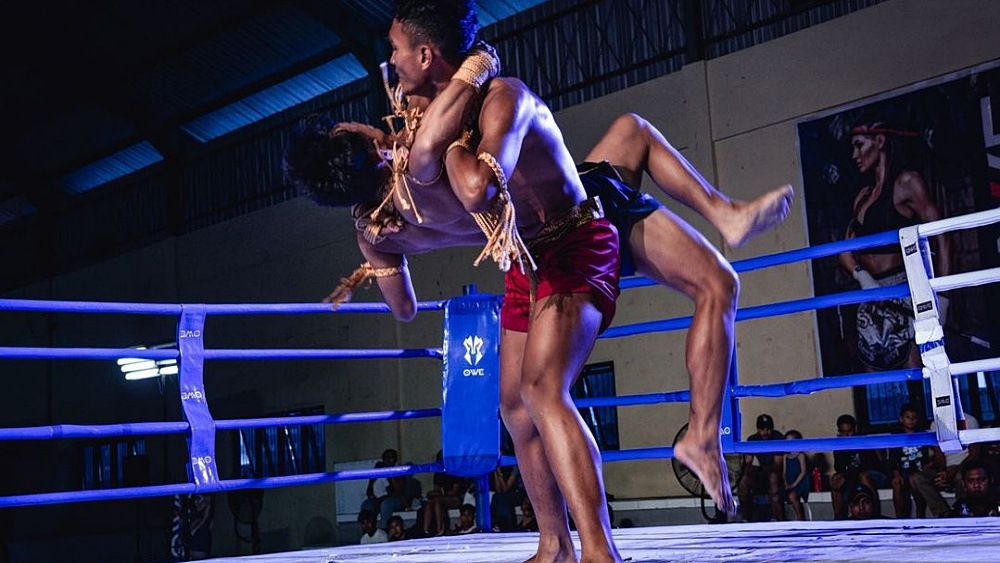
Muay Thai and Muay Boran are both traditional martial arts originating from Thailand, but they have distinct differences in terms of their history, techniques, purpose, and modern practice.
Here’s an overview of the key differences between Muay Thai and Muay Boran:
- Origin And History:
- Muay Thai: Muay Thai, also known as “Thai Boxing,” is a modern combat sport that evolved from various traditional martial arts practices in Thailand. It has been systematized and refined over the years to create a structured sport with rules and regulations.
- Muay Boran: Muay Boran is the ancient predecessor of Muay Thai. It directly translates to “ancient boxing” It was the original martial art practiced in Thailand for self-defense and combat. Muay Boran techniques were used in warfare and personal protection before modernization and the creation of modern sports.
- Purpose And Usage:
- Muay Thai: Muay Thai has transitioned from a martial art for self-defense and battlefield combat into a competitive sport. It is now practiced as a striking-based sport with a focus on techniques such as punches, kicks, elbows, and knees. Muay Thai fighters compete in organized bouts with standardized rules, weight classes, and protective gear.
- Muay Boran: Muay Boran is a more comprehensive martial art that includes a broader range of techniques, some of which are not permitted in modern Muay Thai competitions. Muay Boran techniques cover self-defense, clinching, throws, and grappling, making it a more versatile system for various combat situations.
- Techniques:
- Muay Thai: Muay Thai techniques are more streamlined and tailored for sport. Fighters primarily use strikes such as punches, kicks, elbows, and knees, and clinching is allowed but limited in duration.
- Muay Boran: Muay Boran includes a wider range of techniques, including those that are considered “dirty” or forbidden in modern Muay Thai competitions. This includes headbutts, joint locks, and sweeps, as well as more diverse clinching and grappling techniques.
- Modern Practice:
- Muay Thai: Muay Thai is widely practiced around the world as a popular combat sport and fitness activity. It has gained significant recognition and has a structured competitive circuit.
- Muay Boran: Muay Boran is not as widely practiced as Muay Thai. While efforts have been made to preserve and revive Muay Boran techniques, it is often taught as a historical martial art and cultural heritage rather than a widely practiced combat system.
Distinct Differences Between Muay Thai And Muay Boran
There are distinct differences in techniques between Muay Thai and Muay Boran due to their historical development, intended purposes, and rulesets.
Here’s an overview of some of the key differences in techniques between the two styles:
- Striking Techniques:
- Muay Thai: Modern Muay Thai places a strong emphasis on powerful and efficient striking techniques. Fighters use punches, kicks, elbows, and knees in various combinations. Techniques are optimized for competition and scoring points, often favoring speed and accuracy.
- Muay Boran: Muay Boran includes a broader range of striking techniques, including those that are no longer used in Muay Thai competitions. This can involve unconventional strikes such as headbutts, ground strikes, downward elbows, various palm strikes, and strike techniques designed to deaden or break a particular limb of an opponent
- Clinching And Grappling:
- Muay Thai: Clinching in Muay Thai is a crucial component, but its use is limited to controlling the opponent and delivering knee strikes. It’s an essential part of scoring points and wearing down the opponent.
- Muay Boran: Muay Boran incorporates more intricate clinching techniques, including throws, sweeps, and joint locks. This reflects its historical use for self-defense and battlefield scenarios, where controlling an opponent’s limbs could mean survival.
- Throws And Takedowns:
- Muay Thai: Traditional throws and takedowns are not typically part of modern Muay Thai. Fighters are more focused on striking and clinching techniques.
- Muay Boran: Throws and takedowns are fundamental aspects of Muay Boran, highlighting its practicality for real combat situations. Techniques such as trips, hip throws, and sweeps are present in its repertoire.
- Headbutts:
- Muay Thai: Headbutts are strictly forbidden in modern Muay Thai competitions due to safety concerns.
- Muay Boran: Headbutts were historically utilized in Muay Boran, adding an additional dimension to close-quarters combat. However, these techniques have been largely phased out due to safety considerations.
- Strategies And Tactics:
- Muay Thai: Muay Thai strategies often revolve around maintaining distance, utilizing efficient striking combinations, and clinching to control the fight.
- Muay Boran: Muay Boran techniques encompass a wider range of strategies, including a focus on disrupting an opponent’s balance, using unorthodox strikes, and exploiting openings in more diverse ways.
Conclusion
Muay Thai and Muay Boran share some standard techniques, but their differences are distinct. Muay Thai has evolved into a sport with clear rules, emphasizing specific strikes and clinches for competition.
In contrast, Muay Boran maintains a broader range of techniques, revealing its historical roots as a comprehensive combat system for self-defense and practical situations. While Muay Thai shines as a popular global sport, Muay Boran stands as a testament to the diverse and adaptable nature of martial arts throughout history.
You may also like:
